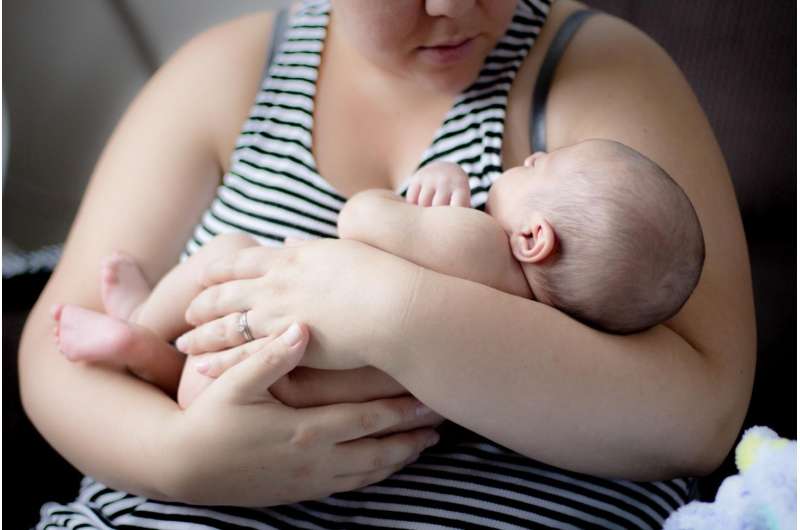Some families may be 'tossing a weighted coin' when it comes to child sex

Krystal Kasal
contributing writer

Gaby Clark
scientific editor

Andrew Zinin
lead editor

The consensus on the likelihood of giving birth to a boy or girl has long been that the odds are roughly equal and that all mothers have the same odds of having either a boy or a girl. This is partially because sperm have a 50–50 chance of carrying either an X or Y chromosome. Yet, many families seem to be prone to having all girls or all boys. New research shows that there might be a reason for this.
Researchers from Harvard recently a study in Science Advances that sought to find out whether some mothers have a genetic predisposition for having children of a particular sex and to determine what factors might be influencing the results. To do this, the team analyzed data from the Nurses' Health Study II and III, which consisted of information on the births of 146,064 babies from 58,007 women between 1956 and 2015. Approximately 61% of the women from the dataset had two children, while the rest had three or more.
If the probability of a child's sex at birth did follow the 50–50 rule, the data should have fit into a simple binomial distribution, where the outcome is random and independent—like a coin toss. But, that's not what the study found.
Instead, there was a deviation from the simple binomial distribution, where the results fit better into a beta-binomial distribution, or a "weighted coin toss" type of model—meaning some couples were a little more likely to have either boys or girls. The effect was particularly pronounced in larger families, where they found that having all boys or all girls was more common than expected by chance.

To further refine the data, the researchers wanted to sift out the effects of couples who stopped having children after having at least one of each sex. They referred to this behavior as "coupon collecting" and believe that it skewed the data. To account for this, they removed data pertaining to the last child of each participant. The results did have a beta-binomial distribution and deviated even more from the simple binomial distribution.
The authors write, "Furthermore, the deviations were stronger when we excluded coupon collectors, suggesting that some humans may behave to counteract their genetic propensity to having offspring of only one sex."
In addition, the team found that women over 28 years old had a higher likelihood of having children of only one sex, suggesting that genetic or physical changes might take place that strengthen this effect.
The team also conducted a genome-wide association study (GWAS), which identified two genes that might play a role in the sex determination of offspring. The NSUN6 gene was found to be associated with having only female offspring, while the TSHZ1 gene was associated with having only male offspring.
The authors note that the study had a lack of diversity, as the dataset only included nurses in the United States, of which 95% were white women. Future studies should include a more diverse dataset. Moreover, they suggest that future studies should include data from the father, as this data likely influences the sex of the child.
Still, this study has provided some context as to why some families seem unable to have children of both sexes—they appear to be tossing a weighted coin.
Written for you by our author , edited by , and fact-checked and reviewed by —this article is the result of careful human work. We rely on readers like you to keep independent science journalism alive. If this reporting matters to you, please consider a (especially monthly). You'll get an ad-free account as a thank-you.
More information: Siwen Wang et al, Is sex at birth a biological coin toss? Insights from a longitudinal and GWAS analysis, Science Advances (2025).
Journal information: Science Advances
© 2025 Science X Network















